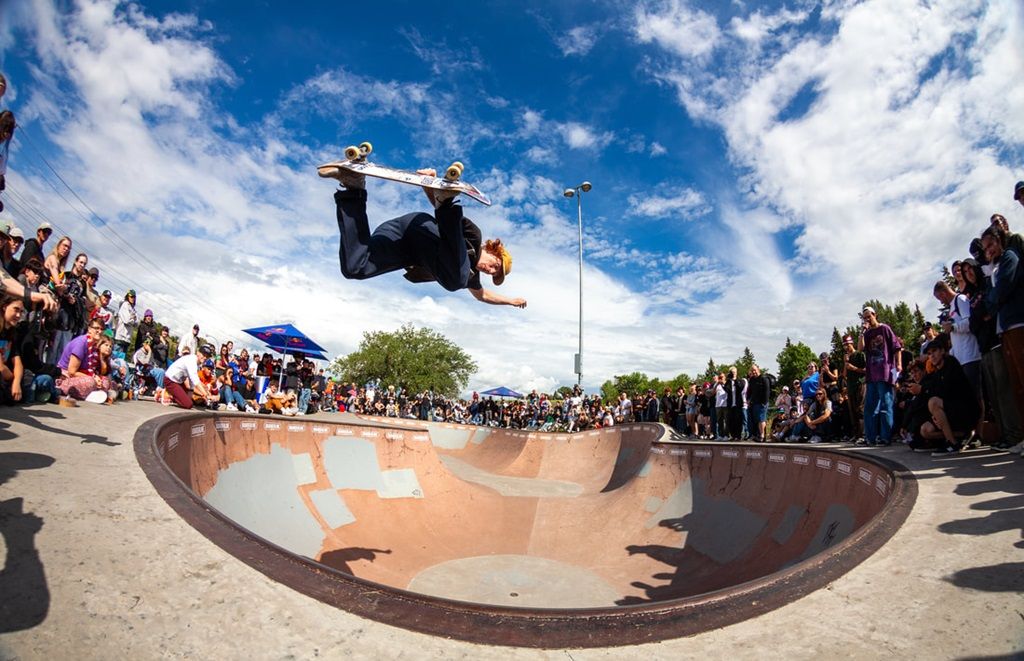
Feeling the Heat? Understanding Skateboarding Competitions
The world of skateboarding is full of unique terms and phrases that can be confusing to outsiders. One term you might hear tossed around at skateparks or competitions is “heat.” While it might conjure images of scorching asphalt and sweaty brows (which, let’s be honest, can be part of the skateboarding experience), “heat” in skateboarding actually has a very specific meaning.
What Exactly is a Heat?
In competitive skateboarding, a heat refers to a preliminary round where a group of skaters compete against each other within a set time limit. Think of it like a qualifying round in other sports. Each skater gets a chance to showcase their skills and land their best tricks, and the top performers from each heat advance to the next stage of the competition. For those wondering how long does it take to get good at skateboarding, participating in heats can provide valuable experience, as skaters learn to perform under pressure and adapt their tricks to different environments.
Why Use Heats?
Heats serve several important purposes in skateboarding competitions:
- Managing large numbers of competitors: Skateboarding events, especially at the professional level, can attract a huge number of participants. Heats allow organizers to efficiently narrow down the field and ensure that only the best skaters progress.
- Fairness and equal opportunity: Heats provide a level playing field for all competitors. Every skater gets the same amount of time to perform and impress the judges. This helps to ensure that the competition is based solely on skill and not influenced by factors like who skates first or last.
- Building excitement and suspense: Heats create a sense of anticipation and drama. As skaters battle it out for a limited number of spots in the next round, the tension and excitement build, making for a more engaging experience for both competitors and spectators.
How do Heats Work?
The specific format of heat can vary depending on the competition and the type of skateboarding (street, park, vert).
However, there are some common elements:
- Time limit: Each heat typically has a set time limit, ranging from a few minutes to around an hour.
- Number of skaters: The number of skaters in a heat can vary, but it’s usually between 4 and 8.
- Judging criteria: Judges evaluate skaters based on a variety of factors, including the difficulty of tricks, style, consistency, and overall impression.
- Advancement: The top-performing skaters from each heat advance to the next round, while the others are eliminated.
Different Formats, Different Heats
The structure and rules of heats can differ significantly based on the specific skateboarding discipline:
- Street: In street skateboarding competitions, heats typically involve skaters taking turns to perform runs on a course featuring obstacles like stairs, rails, and ledges. Judges score each run based on the difficulty, originality, and execution of tricks.
- Park: Park skateboarding heats take place in a bowl-shaped course with various transitions and obstacles. Skaters perform runs that flow through the course, incorporating aerials, grinds, and other tricks. Judges focus on the flow, amplitude, and technicality of the runs.
- Vert: Vert skateboarding heats involve skaters riding back and forth on a vertical ramp, performing aerial maneuvers above the coping. Heats are judged on the height, difficulty, and variety of aerial tricks.
Beyond the Basics: Adding Spice to the Heat
To make heats even more exciting and challenging, some competitions incorporate unique formats:
- Jam sessions: In jam sessions, all skaters in the heat skate together at the same time. This format emphasizes creativity and spontaneous interaction between skaters.
- Best trick contests: In best trick contests, skaters focus on landing a single, impressive trick. This format highlights technical skill and pushes skaters to attempt their most challenging maneuvers.
The Heat is On: What it Means for Skaters

For skateboarders, competing in a heat is a test of skill, focus, and strategy.
Here’s what they need to consider:
- Time management: Skaters need to make the most of their limited time in the heat. They must carefully plan their runs or tricks to showcase their best abilities within the allotted time.
- Consistency vs. risk: Skaters need to find a balance between landing consistent tricks and taking risks to impress the judges. Playing it too safe might not be enough to advance, but attempting too many difficult tricks could lead to falls and lost points.
- Adaptability: Conditions can change during heat, such as wind, sun, or other skaters getting in the way. Skaters need to be able to adapt to these challenges and adjust their strategy accordingly.
- Mental game: Competing in a heat can be nerve-wracking. Skaters need to stay focused, manage their adrenaline, and believe in their abilities to perform under pressure.
Related: Will Skateboarding Help Me Lose Weight: The Ultimate Fat-Burning Guide
Feeling the Heat as a Spectator
Even if you’re not competing, watching a skateboarding heat can be an exhilarating experience. The energy is palpable as skaters push their limits and try to land their best tricks. As you observe the different styles and strategies of the skaters, you can appreciate the technical difficulty and creativity of their maneuvers. If you’re looking for more insights into the skateboarding world, be sure to explore Jamesonsjourney blog for tips and stories from passionate skaters.
More than just a word:
Understanding the concept of “heat” adds another layer to your appreciation of skateboarding competitions. It provides insight into the structure and strategy of these events and allows you to fully appreciate the skill and dedication of the athletes. So next time you hear someone talking about heat, you’ll know exactly what they mean and be able to join the conversation.







